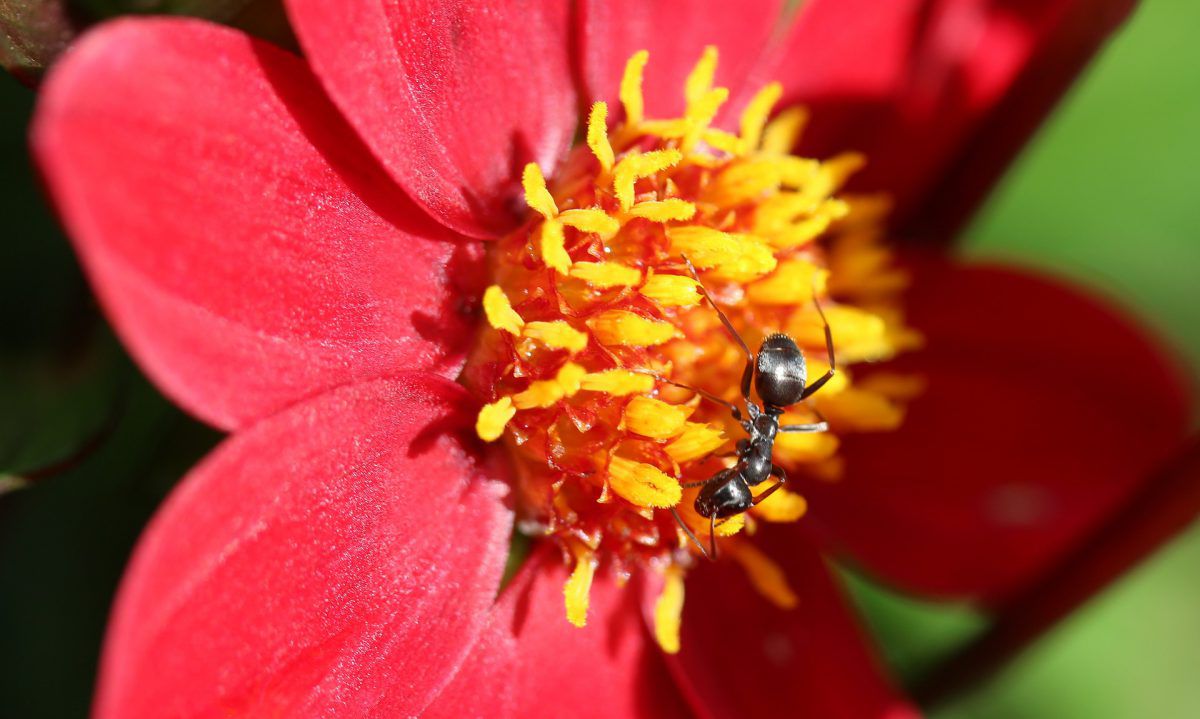- info@sirhowyhillwoodlands.co.uk
- Thomas Ellis Way, Tredegar NP22 4QF
- About Us
- Get involved
- Visit Us
Visit Tredegar & our Woodlands
Come and visit us!
Sirhowy Hill Woodland
Thomas Ellis Way
Tredegar
Blaenau Gwent
NP22 4QF - Wildlife
- Woodland Shop
Latest and greatest products, direct from our
Woodland Shop
Sourced from the Woodlands and the local community.
You have
item(s) in your bag
- Home
- /
- Blog
- /
- Animals & Wildlife
- /
- Moths
- /
- Ghost Moth

Scientific name: Hepialus humuli humuli
Ghost Moth
June to early August. Common and well distributed throughout Great Britain with spp. Hepialus humuli thulensis found in Shetland.
Their English name is derived from the males of the spp. humuli which are entirely white, however the females are larger with a striking yellow forewing with distinctive orange markings. The Shetland spp. thulensis is smaller with a creamy white forewing marked with brown. When at rest they hold their elongated wings almost vertically against their body.
The adults have short antennae and have no functioning mouthparts so cannot feed. The males have a swaying flight display which is used at dusk to attract females. The caterpillars can be found from July to May, often overwintering twice as larvae so the life cycle commonly takes two years to complete.
What does the Ghost Moth eat?
The Ghost Moth eats the roots of grasses and a variety of cultivated herbaceous plants including Common Nettle (Urtica dioica), docks, burdocks and Wild Strawberry (Fragaria vesca).
What habitat does the Ghost Moth live in?
The Ghost Moth live in grassy and weedy places in woodland and open areas.
What family does the Ghost Moth belong to?
The Ghost Moth belong to the Helialidae family.

Click to view more
Statistics
Scientific Name
Hepialus humuli humuli
Location
England, Wales, Scotland and Ireland
Size
Medium sized
Wingspan Range: 42-70mm
Population
Well distributed throughout Great Britain and Ireland including the Isle of Man.

Other Wildlife







